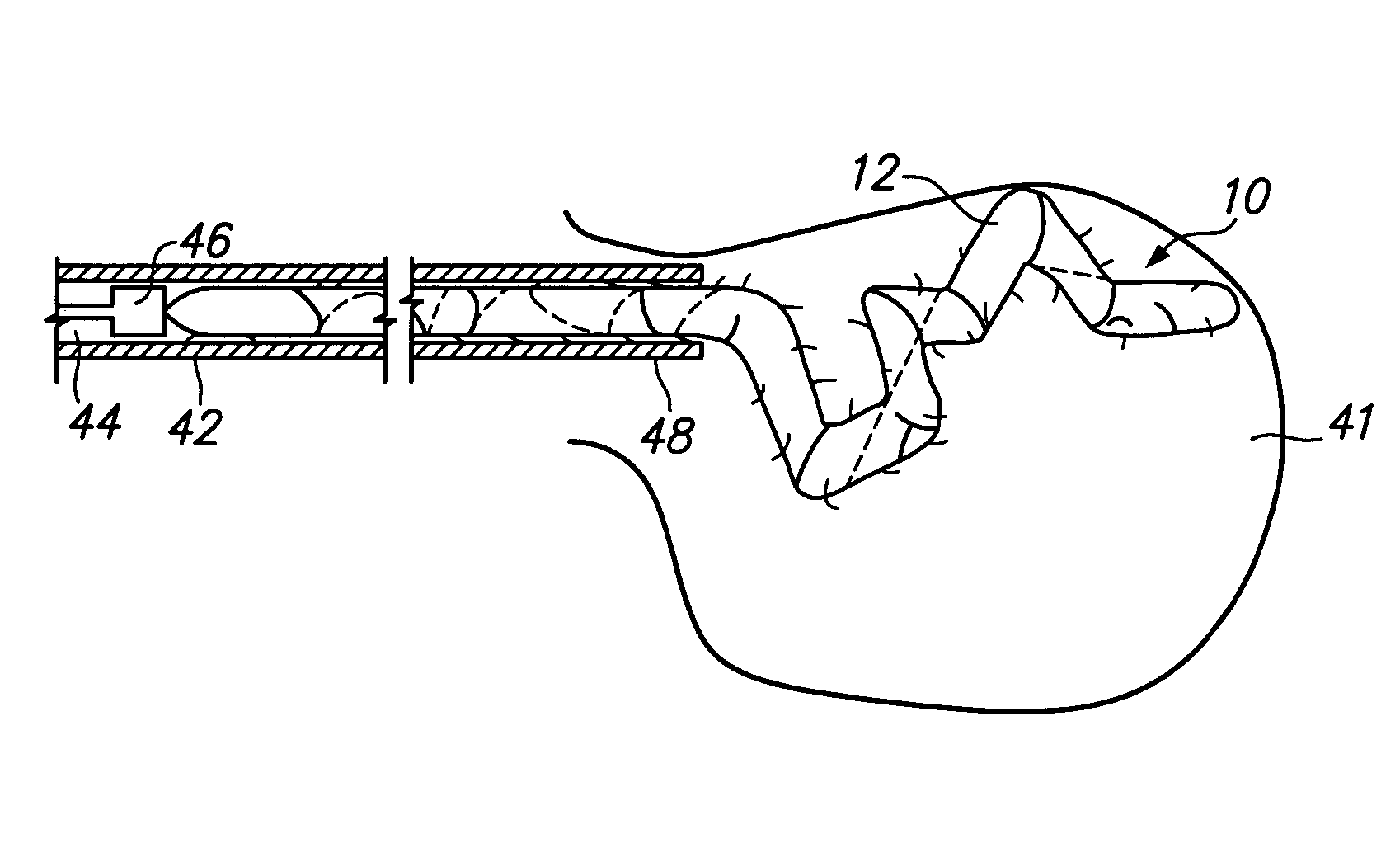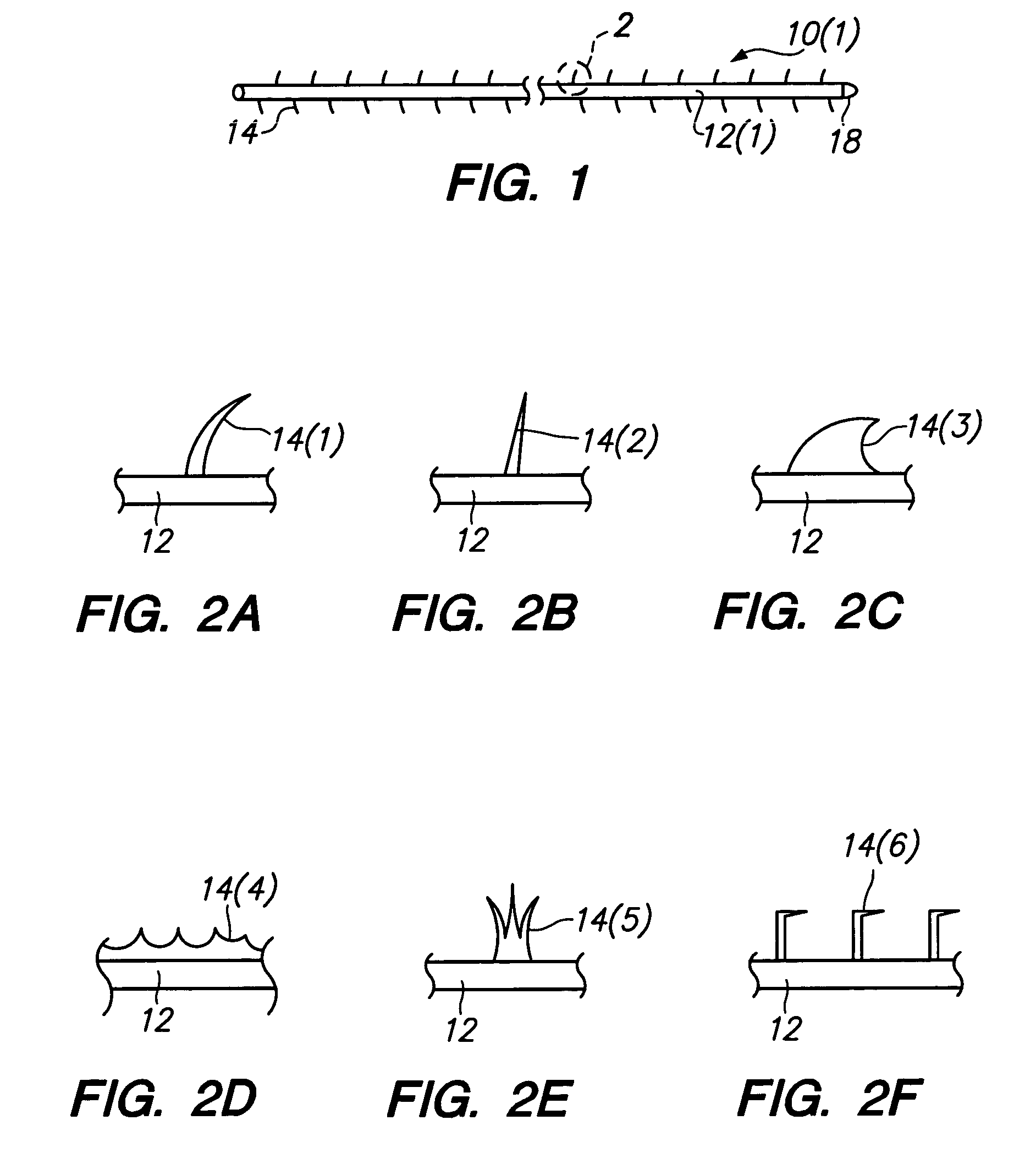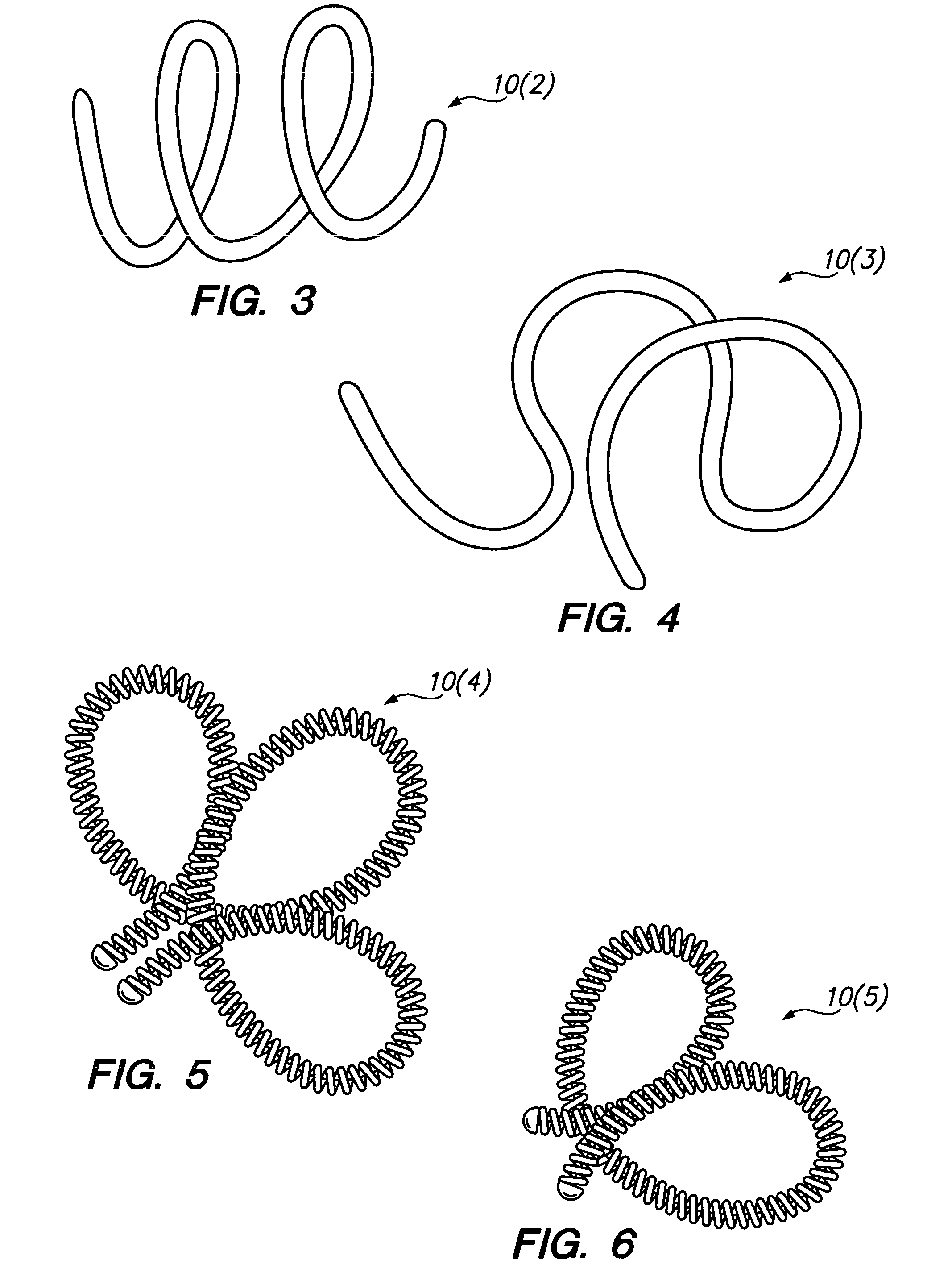Systems and methods of de-endothelialization
a technology of endothelialization and systemic recanalization, which is applied in the field of embolizing blood vessels or aneurysms, can solve the problems of difficult access, difficult treatment of intracranial aneurysms, and damage to surrounding brain tissue or death, so as to reduce the risk of recanalization and reduce the risk of wall expansion, thinning and/or or rupturing
- Summary
- Abstract
- Description
- Claims
- Application Information
AI Technical Summary
Benefits of technology
Problems solved by technology
Method used
Image
Examples
Embodiment Construction
[0108]Systems and methods of de-endothelializing an aneurysm or other body lumen are described herein. As used in this specification, “de-endothelializing” or “de-endothelialization” refers to the process of disrupting an endothelium of an aneurysm or other body lumen, which includes removing, damaging physically, damaging normal biochemical function, or otherwise damaging and / or destroying a part or all of the endothelium of the wall of an aneurysm or other body lumen. The first part of the specification discusses systems and methods of de-endothelializing an aneurysm or other body lumen using mechanical instrumentality. The second part of the specification discusses systems and methods of de-endothelializing an aneurysm or other body lumen using a thermal treatment. The third part of the specification discusses systems and methods of de-endothelializing an aneurysm or other body lumen using a fluid.
I. De-Endothelialization Using Mechanical Instrumentality
[0109]A. Implantable De-En...
PUM
 Login to View More
Login to View More Abstract
Description
Claims
Application Information
 Login to View More
Login to View More - R&D
- Intellectual Property
- Life Sciences
- Materials
- Tech Scout
- Unparalleled Data Quality
- Higher Quality Content
- 60% Fewer Hallucinations
Browse by: Latest US Patents, China's latest patents, Technical Efficacy Thesaurus, Application Domain, Technology Topic, Popular Technical Reports.
© 2025 PatSnap. All rights reserved.Legal|Privacy policy|Modern Slavery Act Transparency Statement|Sitemap|About US| Contact US: help@patsnap.com



